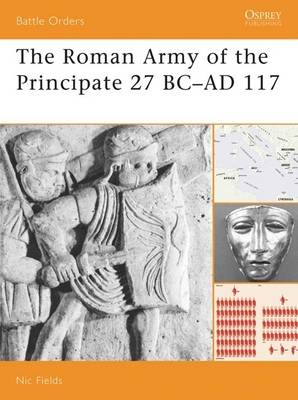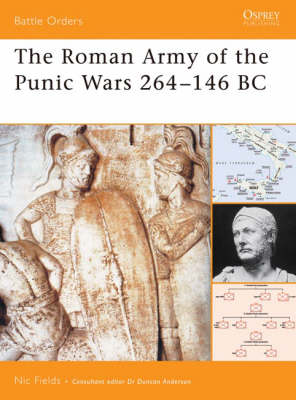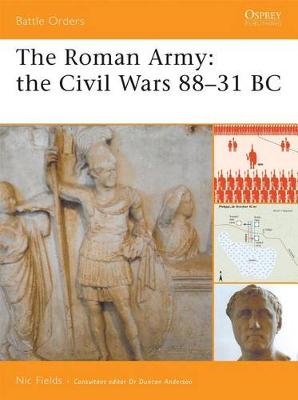Battle Orders S.
1 primary work • 3 total works
Book 37
The Imperial Army established by Augustus drew heavily on the nomenclature and traditions of the late Roman Republic, but was revolutionary in its design. He decided to meet all the military needs of the Empire from a standing, professional army. Military service became a career: enlistment was for 25 years (16 in the Praetorian Guard), and men were sometimes retained even longer. The loyalty of the new army was to the emperor and not to either the Senate or the People of Rome. Imperial legions became permanent units with their own numbers and titles and many were to remain in existence for centuries to come.
v. 27
As Rome's power and influence extended across the Mediterranean, she was destined for a collision with the Carthaginian Empire, a clash ultimately resulting in the decisive Second Punic War. At first the Roman Army was no match for the superior tactics and leadership of Hannibal and his troops. However, talented generals like Scipio Africanus transformed the legions into a formidable fighting force. Covering Rome's catastrophic defeats at Lake Trasimene and Cannae to her final victory at Zama, this book examines the development of Roman tactics and organization through Rome's transition from a city-based state to a Mediterranean powerhouse.
The Roman Legions were the most highly organized troops of the ancient world, but the process of turning the Legions into the professional force that built an empire, was no small feat. Focusing on the organisational changes in the Roman Army during the Civil Wars, Nic Fields examines the role played by Caius Marius and his far-reaching reforms. With the nuts and bolts detail that readers demand from the Battle Orders series, this is an intriguing description of how the Roman army grew, modernised, rebelled and finally helped build an empire, complete with full organisational charts, photographs and detailed maps.


